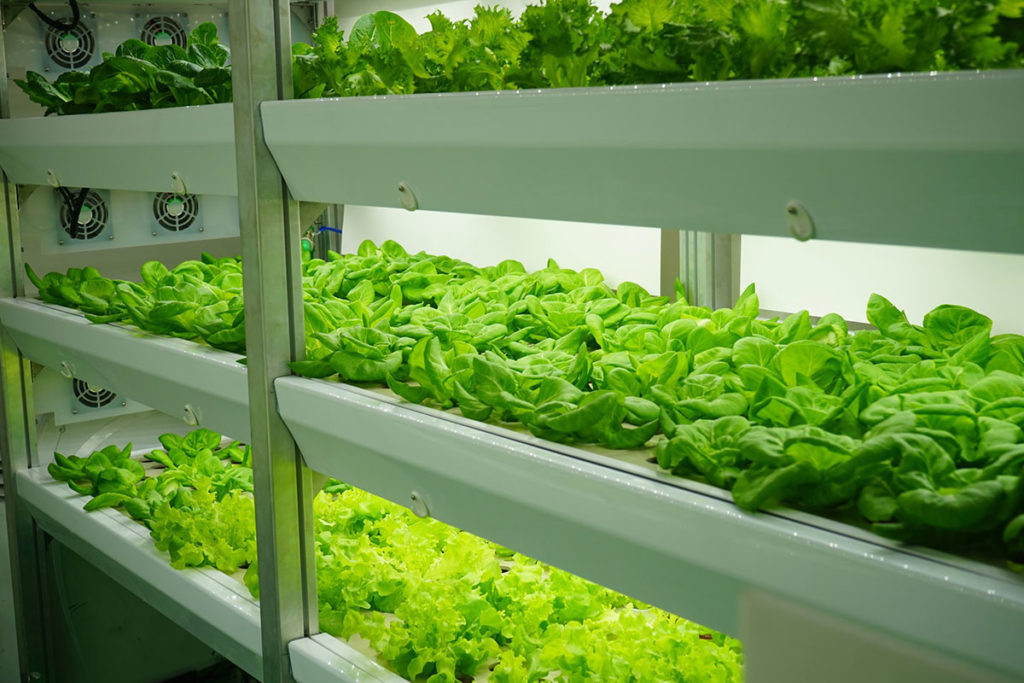Climate Control in Vertical Farming: Part 1

Optimizing climate conditions in a cultivation environment is a crucial part of growing high-quality and high-yielding crops. However, it is also an extremely challenging task, as scaling up R&D results into a multi-layer, highly packed climate zone is not easy. A grower highlights the importance of understanding and quantifying the impact of a crop on the climate and taking it into account during the design stage. Failure to do so can lead to challenges with crop quality and yield.
One of the crucial factors to consider when optimizing climate conditions is humidity. Maintaining the right temperature and humidity levels in a grow room is essential to avoid disasters and promote higher yields and better quality. However, temperature and humidity interact with each other, increasing the challenge of doing load calculations. Warmer air can hold more moisture than colder air, potentially causing the plant to transpire more. Thus, removing moisture from warmer air is easier than removing it from colder air.
Designing a vertical farm to control humidity is crucial. In the past, companies did not consider the latent heat that plants give off, resulting in under-dimensioning of equipment and equipment stress. Nowadays, companies are more aware of this and are designing vertical farms with lower volumes per layer to control temperature and humidity better.
Vapor pressure deficit (VPD) is also an essential factor to consider when growing crops. VPD quantifies the vapor pressure of the leaf itself, which is essential in determining the strength of the pulling force for water from the leaves. Monitoring leaf temperature is crucial in optimizing VPD. The grower is excited about the prospect of monitoring VPD real-time and continuously optimizing it rather than setting a static temperature and relative humidity.
In conclusion, optimizing climate conditions in a cultivation environment is a complex task that requires a deep understanding of the interaction between temperature, humidity, and airflow. Designing a vertical farm that considers the impact of plants on the climate and monitors VPD in real-time is key to growing high-quality and high-yielding crops.